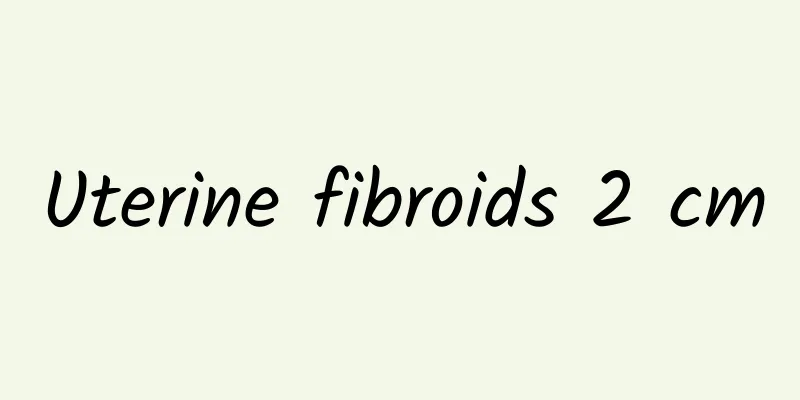Atopic dermatitis

|
Many people don’t know what atopic dermatitis is. The symptoms of atopic dermatitis are similar to those of eczema, even some allergic reactions, or asthma. Therefore, many people tend to ignore this type of disease and just think it is a simple skin disease. So what are the symptoms and manifestations of atopic dermatitis? What are the good treatments? In fact, the clinical symptoms of diseases such as atopic dermatitis include three periods, including infancy, childhood, adolescence and adulthood. In addition, this type of disease is accompanied by severe itching, and large areas of rash-like red spots will appear on the limbs and even the face. So how should atopic dermatitis be treated? Atopic dermatitis Atopic dermatitis is also called atopic dermatitis. The characteristics of atopic dermatitis are obvious "atopic" features that can be seen in patients or their families: ① a familial tendency to suffer from asthma, allergic rhinitis, and eczema; ② allergy to foreign proteins; ③ high IgE in serum; ④ increased eosinophils in the blood. Typical atopic dermatitis has specific eczematous clinical manifestations and the above four characteristics. Also known as atopic dermatitis, atopic eczema, Besnier's physique prurigo or hereditary allergic eczema. Causes The cause of atopic dermatitis is still unclear, including genetic susceptibility, food allergen stimulation, inhaled allergen stimulation, autoantigens, infection and skin dysfunction. Clinical manifestations Atopic dermatitis is divided into three stages: ① Infancy: The disease begins in the second or third month after birth. The rash is divided into exudative type and dry type, both accompanied by severe itching. ②Childhood: Most cases occur before the age of five. Skin lesions are divided into eczematous type and prurigo type. ③Youth and adulthood: skin lesions are similar to those in childhood. diagnosis The diagnosis is based on the personal or family history of "atopy" and the characteristics of the skin lesions: acute or subacute eczema in infancy, often occurring on the cheeks and forehead; subacute or chronic eczema in childhood and adolescence, often occurring on the flexor side of the limbs, especially the elbows and popliteal fossa; or prurigo-like, often occurring on the flexor side of the limbs. treat Remove and avoid possible causative factors and provide symptomatic treatment. It includes routine application of moisturizer, topical corticosteroids, anti-infection treatment for concurrent infections, non-hormonal topical immunomodulators, oral antihistamines, phototherapy, and high-dose intravenous immunoglobulin. Regarding the treatment of atopic dermatitis, in addition to the more conventional moisturizing ointments, there are also some local combined infection treatments, and some drugs to enhance immunity will also be taken. In short, this type of disease needs to be treated and treated in time in the early stages of the disease, otherwise it will only worsen the condition and bring greater harm. |
>>: Seborrheic dermatitis hair loss
Recommend
What are the treatments for frozen shoulder and cervical spondylosis?
Periarthritis of the shoulder and cervical spondy...
The efficacy and function of arrowroot powder
Many people don’t know much about arrowroot powde...
What to do if athlete's foot is severe in late pregnancy
Athlete's foot is a highly contagious symptom...
Asperger's syndrome
When it comes to Asperger's syndrome, I belie...
How to correct hunchback
If teenagers do not sit correctly when studying, ...
Can I eat longan during late pregnancy?
Pregnant women should pay great attention to thei...
Is there a connection between hair loss and kidney deficiency?
From the perspective of traditional Chinese medic...
What are the symptoms of bronchial cough
Bronchial cough is a cough caused by the bronchi....
What causes purpura? Be careful of these four reasons
The formation of purpura is related to many facto...
What to do if angina attacks frequently
Angina pectoris is a common infant disease. It is...
Can stomach dampness and heat cause anal protrusion?
Gastrointestinal damp-heat is the name of a disea...
What happened to people without crescent moon?
By observing the nails, we can judge the health o...
How to regulate scanty menstruation
For female friends, menstruation can determine wh...
What are the symptoms of rheumatoid arthritis?
Rheumatoid arthritis can be said to be a disease ...
What to do if my face is swollen like a pig's head due to allergies
The face is swollen like a pig's head due to ...









